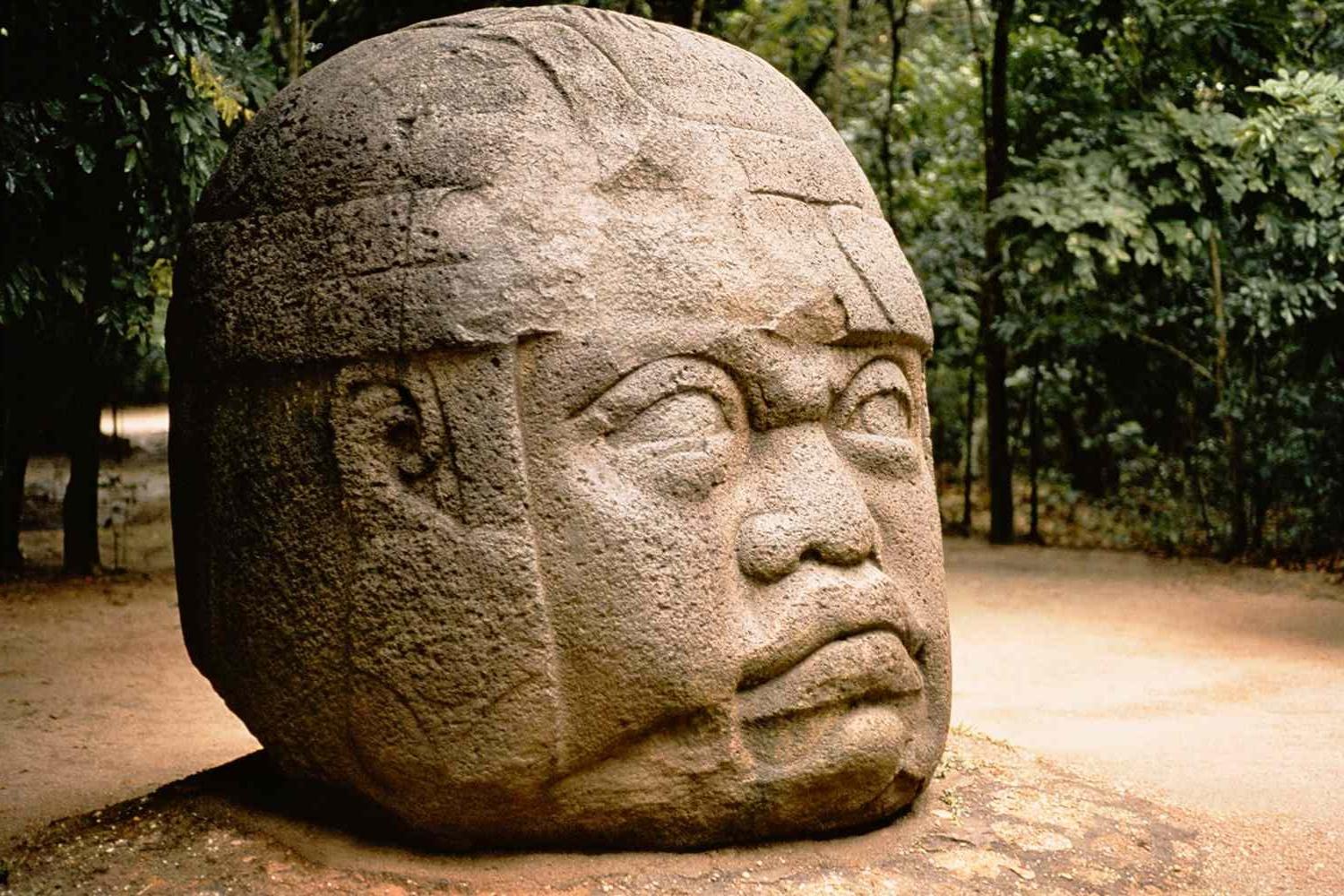
Mesoamerican archaeology offers a window into the ancient civilizations that once thrived in Central America. From the towering pyramids of the Maya to the intricate city planning of the Aztecs, these cultures left behind a rich tapestry of history and artifacts. Did you know that the Maya developed a complex calendar system that still fascinates scholars today? Or that the Aztecs built their capital, Tenochtitlán, on an island in the middle of a lake? These ancient societies were masters of architecture, astronomy, and agriculture. Join us as we uncover 28 intriguing facts about Mesoamerican archaeology, shedding light on the mysteries and marvels of these ancient peoples.
Key Takeaways:
- Mesoamerican civilizations, like the Maya and Aztecs, were advanced and innovative, creating complex writing systems, accurate calendars, and even using chocolate in rituals.
- The region is home to iconic archaeological sites like Chichen Itza and Tikal, and remarkable artifacts such as the Olmec colossal heads and the Aztec Sun Stone.
Ancient Civilizations of Mesoamerica
Mesoamerica, a region extending from central Mexico to northern Costa Rica, was home to several advanced civilizations. These cultures left behind fascinating archaeological sites and artifacts.
- The Olmecs, often called the "mother culture" of Mesoamerica, thrived from around 1200 to 400 BCE.
- The Maya civilization is renowned for its sophisticated writing system, calendar, and astronomical knowledge.
- Teotihuacan, one of the largest cities in the ancient world, was a major cultural and economic center around 100 BCE to 550 CE.
- The Zapotecs, based in the Oaxaca Valley, developed one of the earliest writing systems in Mesoamerica.
- The Mixtecs, known for their intricate metalwork and codices, inhabited the region after the Zapotecs.
- The Aztecs, famous for their powerful empire and capital city Tenochtitlan, dominated central Mexico in the 14th to 16th centuries.
Iconic Archaeological Sites
Mesoamerica boasts numerous archaeological sites that provide insight into the lives of ancient peoples. These locations are rich in history and culture.
- Chichen Itza, a major Maya city, features the iconic pyramid El Castillo.
- Palenque, another Maya city, is known for its impressive temples and palaces.
- Monte Alban, the Zapotec capital, sits atop a mountain and offers stunning views of the Oaxaca Valley.
- Tikal, one of the largest Maya cities, is famous for its towering pyramids and temples.
- Uxmal, a Maya city in the Puuc region, is renowned for its intricate stone carvings.
- The Pyramid of the Sun in Teotihuacan is one of the largest pyramids in the world.
Remarkable Artifacts
Artifacts from Mesoamerican civilizations reveal much about their daily lives, beliefs, and artistic achievements. These objects are often beautifully crafted and highly symbolic.
- The Olmec colossal heads, carved from basalt, are believed to represent rulers or deities.
- The Maya stelae, tall stone monuments, often depict rulers and important events.
- The Aztec Sun Stone, also known as the Calendar Stone, is a massive carved disk that represents the cosmos.
- The Mixtec codices, painted books made from deer hide or bark paper, contain detailed historical and genealogical information.
- The jade masks of the Maya, often found in tombs, were used in rituals and as burial offerings.
- The ceramic figurines of the Zapotecs depict various aspects of daily life and religious practices.
Advanced Technologies and Innovations
Mesoamerican civilizations were pioneers in various fields, developing technologies and innovations that were ahead of their time. Their achievements continue to impress modern scholars.
- The Maya developed a complex writing system with over 800 glyphs.
- The Mesoamerican ballgame, played with a rubber ball, was both a sport and a ritual.
- The Maya calendar, which includes the Long Count, Tzolk'in, and Haab' cycles, is highly accurate.
- The Aztecs created chinampas, floating gardens, to increase agricultural productivity.
- The Maya used advanced techniques in astronomy to predict solar and lunar eclipses.
- The Mesoamericans were among the first to use chocolate, derived from cacao beans, in beverages and rituals.
Cultural and Religious Practices
Religion and culture were deeply intertwined in Mesoamerican societies. Their rituals, beliefs, and social structures were complex and varied.
- The Maya practiced bloodletting rituals as offerings to their gods.
- The Aztecs believed in a pantheon of gods, with Huitzilopochtli, the sun god, being one of the most important.
- The Olmecs are thought to have worshipped a jaguar deity, often depicted in their art.
- The Maya ballgame had religious significance, symbolizing the struggle between life and death.
The Final Word on Mesoamerican Archaeology
Mesoamerican archaeology offers a treasure trove of fascinating facts and discoveries. From the mysterious pyramids of Teotihuacan to the intricate Maya calendar, each artifact and ruin tells a story of a rich culture and advanced civilization. The Olmecs, Aztecs, and Mayans left behind architectural marvels and artistic masterpieces that continue to captivate researchers and enthusiasts alike. Understanding these ancient societies helps us appreciate their contributions to astronomy, mathematics, and urban planning. Whether you're a history buff or just curious, exploring Mesoamerican archaeology can be a rewarding journey into the past. Keep digging into these ancient wonders; there's always more to learn and discover.
Frequently Asked Questions
Was this page helpful?
Our commitment to delivering trustworthy and engaging content is at the heart of what we do. Each fact on our site is contributed by real users like you, bringing a wealth of diverse insights and information. To ensure the highest standards of accuracy and reliability, our dedicated editors meticulously review each submission. This process guarantees that the facts we share are not only fascinating but also credible. Trust in our commitment to quality and authenticity as you explore and learn with us.
